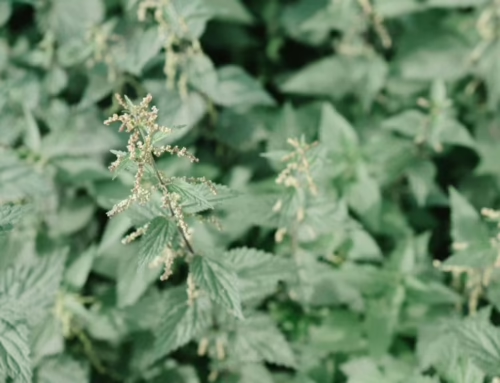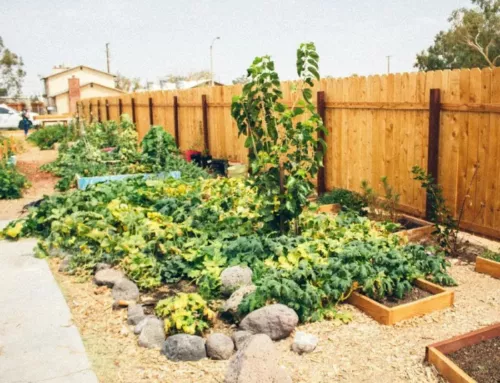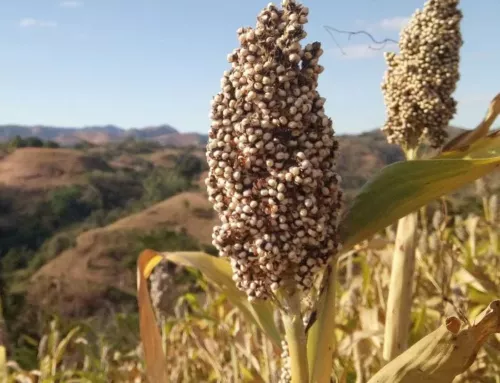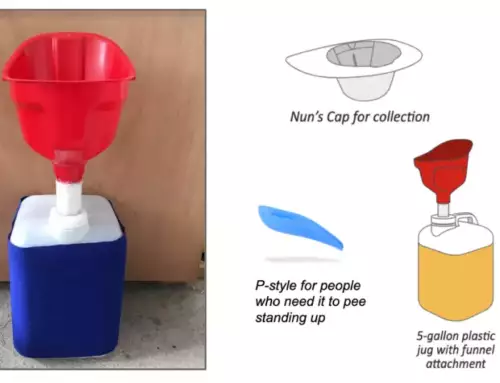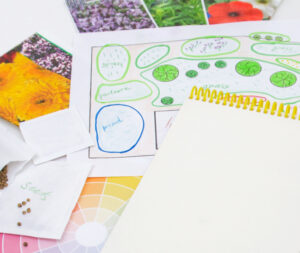 By Richard Robinson, Farmer at Hopestill Farm, Sherborn, MA
By Richard Robinson, Farmer at Hopestill Farm, Sherborn, MA
Now is the time to plan what will go where
No matter what size your garden is, it is helpful to have a plan for what to grow where. A plan can help you maximize your use of limited space, and extend and increase your harvest with succession plantings. Just as every garden is unique, there are certainly no one-size-fits-all plans, but some rules of thumb can help your garden become a pleasing and bountiful space no matter its size.
Keep the sun in mind
Some crops, like peas and pole beans, will cast more than their share of shade. It makes sense to keep these on the north side of the garden, so they don’t inhibit the growth of their shorter neighbors. On the other hand, they can help keep the soil cool for summer lettuces, which may benefit from being on the north, shadier side. If part of your garden is in the shade for part of the day or part of the season, that might be a good spot for lettuce, but a bad spot for tomatoes, which will get leggy in the shade.
Rotate your crops?
Does it matter if you grow the same crop in the same place year after year? Conventional farming wisdom says yes, and rotation of crops is a standard agricultural practice, most commonly by plant family (brassicas, alliums, cucurbits, solanums, and others), and with a year of cover cropping worked into the mix. The idea is to avoid disease and pest build-up and nutrient depletion, which can both be family-specific. Other farmers may disagree, but my feeling is that the disease-and-pest benefits of rotation are unavailable in the small garden, and that nutrient depletion is best addressed by liberal use of compost and regular soil testing. If you do have a soil-borne disease, that’s a very good reason to rotate away from planting any susceptible crop in that spot, and waiting several years to return there.
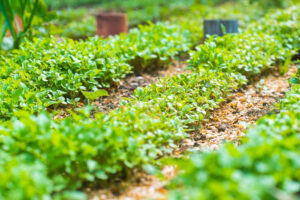 Make your beds
Make your beds
Like gardens themselves, planting beds can be any size and shape. Many gardeners, including me, choose rectangles as the best way to maximize planting space and ease of movement in the garden. My beds are 4 feet on center, nominally 30″ wide with an 18″ path. That allows any bed to be worked from either side, and the path is wide enough for a wheelbarrow. Paths can be narrower, but it becomes more difficult to work the bed on your knees. Beds wider than 30″ are difficult to hop across; if you choose to go wider, I recommend breaking up long beds every 25 feet or so, to allow better mobility between beds.
Nothing succeeds like succession
Succession planting—planting a second crop after harvesting the first—can help you grow more in limited space. Even casual gardeners can easily grow from April to November; more ambitious ones can extend their season a month in each direction with row covers. That’s enough time for at least two crops in most of your beds, and three or even four in some. Planning now can help make for smooth transitions. A good way to start is to consider the needs of the crops that need the longest and warmest days and plan around those. If you are transplanting your tomatoes out on May 31, you can easily get a crop of lettuce transplants in and harvested in that same ground before then (you can also leave some lettuce in the ground after the tomatoes go in, until they get much larger). Radishes can be up and out before bush beans need the soil in mid-May. Those beans will finish in mid-August, plenty of time for fall greens. Garlic is harvested in mid-July, and can be followed by zucchini or cucumbers or fall brassicas.
Grow what you love, and choose your varieties carefully
Most gardens don’t have room (and most gardeners don’t have time) to grow everything. If you love butternut squash but your garden is small, try one of the bush varieties, and place it along the outer edge so it can sprawl a bit (use plenty of mulch to cut down on competition, and watch out for voles and other varmints). Sugar Snap peas need a trellis at least 6’ high to reach their potential, while Sugar Ann can be grown on a trellis half that height. Even when space is tight, I stick with the recommended spacing in the catalog. Reducing the distance between plants usually results in poor growth and disappointing harvests.

